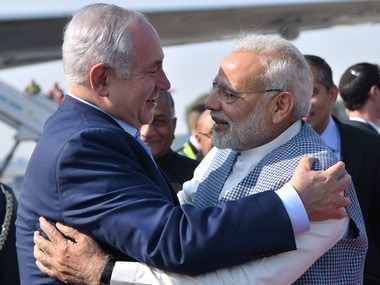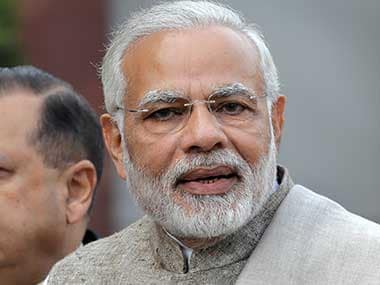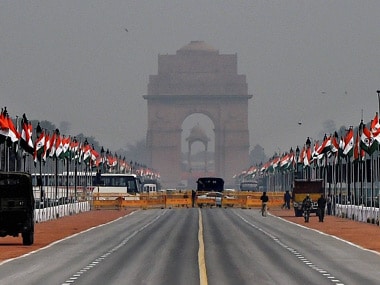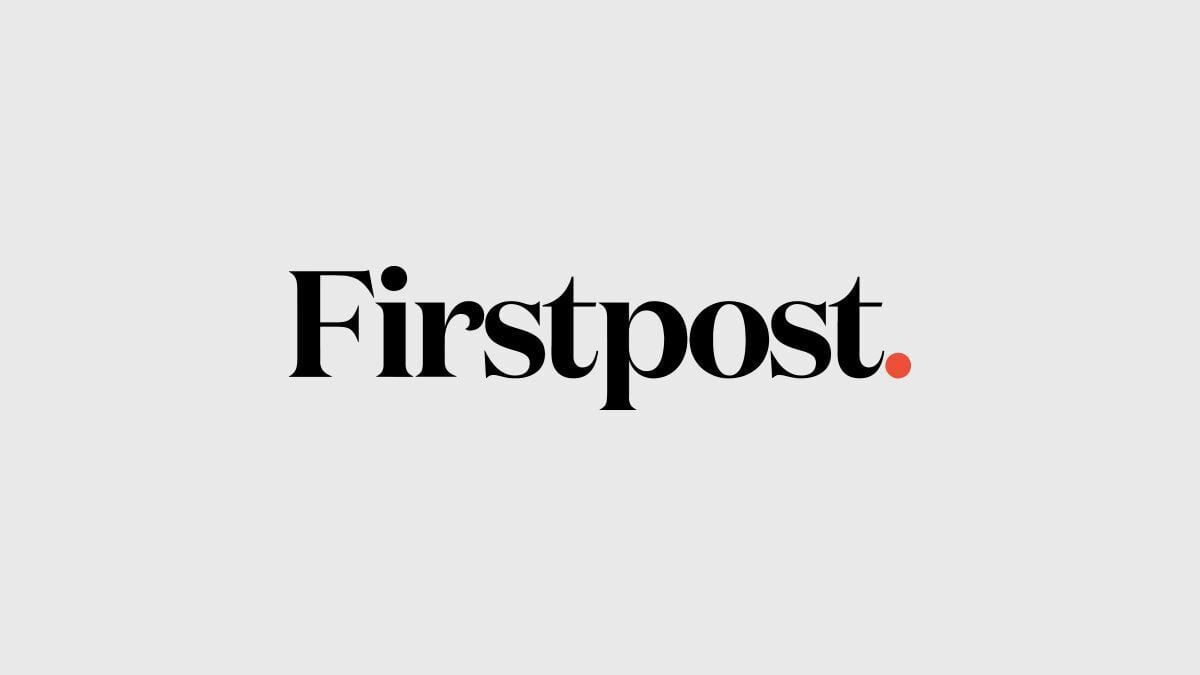Republic Day in India has been a gala affair since 1955, when the parade assumed its present form. Every year on 26 January, India showcases its military might, technological advances and not to mention its soft power (Read tableaus). However, another aspect of the Republic Day parade, which is keenly watched by foreign policy wonks and mediapersons, is the chief guest for the event.
In the pre-Cold War era, most, if not all, guests belonged to the Soviet Union-led Eastern bloc, Third World countries or the Non-Alignment Movement (NAM).
Fast forward to the 21st Century, India's Republic Day guest list looked more high profile with leaders from Saudi Arabia and Iran, both of whom are rivals in West Asia, attending the 2006 and 2003 parade. Leaders from rising powers like Russia — the successor state of Soviet Union — and Brazil also graced the occasion.
In line with Look East policy, India also invited the leaders of South Korea, Indonesia and Thailand to be the chief guest at the event, thus highlighting the symbolism attached with the invitation to attend the Republic Day parade.
This year, in an unprecedented spectacle, leaders of the 10 ASEAN countries will attend the Republic Day parade at Rajpath. Media reports have already linked the move to India's plans to woo these leaders to counter a rising China in the Indo-Pacific region.
Let us look at the countries invited in the last five years and the trajectory of the India's relationship with those countries.
2013: King Jigme Khesar Namgyel Wangchuck of Bhutan
After his first appearance at the Republic Day function, the King also undertook his first state visit in January 2014. Three years later, he and his wife held discussions on issues of bilateral interest. The November 2017 visit of the Bhutan royalty came just months after the standoff ended at Doka La, which is a Bhutanese territory at the tri-junction with India and China.
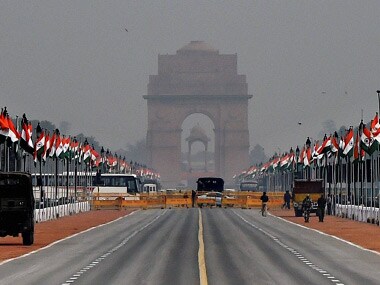
File image of the 2017 Republic Day parade. PTI
Bhutan, which is a hydropower giant, signed an Inter-Governmental Agreement for development of four more hydro-electric power plants of capacity 2120 MW (600 MW Kholongchhu, 180 MW Bunakha, 570 MW Wangchhu and 770 MW Chamkharchhu) under the Joint Venture Model.
India also continued to financially support Bhutan, with over Rs 7,000 crore of assistance to supprot the 11th Five Year Plan. Moreover, Bhutan, which has an open border with India, renewed the India-Bhutan Trade and Transit Agreement, 1972. The Agreement established a free-trade regime between the two countries.
2014: Shinzo Abe of Japan
Although the Japanese prime minister Shinzo Abe was hosted by former prime minister Manmohan Singh, it was under Prime Minister Narendra Modi, India has maintained a close relationship with Japan. Modi visited Japan between 30 August and 3 September, 2014 for the 9th Annual Summit Meeting with Abe. During the visit, the two sides upgraded the relationship to a ‘Special Strategic and Global Partnership’.
Abe made a return trip to India in 2015, where 16 Agreements/MoUs/MoCs/ Letter of Intents were signed/exchanged. Moreover, a ‘Japan-India Make in India Special Finance Facility’ of 1.3 trillion Yen was also established.
After Modi's visit to Japan in 2016, Abe toured India in September 2017, when the two leaders laid the ground for the Ahmedabad-Mumbai high speed rail project.
Notably, in 2016 and 2017, there was also an focus on boosting maritime ties between the two countries to counter an assertive China in the Indo-Pacific region.
The 2017 joint statement stated that the two countries resolved to ensure a rule-based order in the Indo-Pacific Region — a clear reference to China's assertiveness in the region.
2015 Barack Obama of the USA
Barack Obama's trip to India came just months after Modi visited the United States for the first time after his visa was revoked in 2005.
It was during Obama's 2015 trip to India that both countries issued a joint statement on the maritime security in the Indo-Pacific Region, which clearly highlighted growing strategic ties between India and the US.
With growing strategic convergence between the two countries, a Policy Planning Dialogue was also started between the two sides in September 2015. The Defence Framework Agreement was aupdated and renewed for another 10 years in June 2015.
When Modi visited the US in June 2016, Washington recognised India as a "Major Defence Partner". According to the Ministry of External Affairs, such a designation helps "US to facilitate technology sharing with India to a level commensurate with that of its closest allies and partners, and industry collaboration for defence co-production and co-development."
Under Obama's successor Donald Trump too, the US' relations with India remained upbeat, with the president calling India a "true friend."
2016: Francois Hollande of France
As a country which was one of the few that did not condemn India in the aftermath of the 1998 nuclear tests, India and France share a strong bilateral relationship, which traverses several sectors.
Hollande's trip was memorable as France became the first ever foreign country to have been invited to participate in the military march.
Just five months after Hollande's visit, France backed India to enter the MTCR (Missile Technoloigy Regime Control). France has been a vocal supporter of India's candidature at the Nuclear Suppliers' Group.
Modi was one of the first world leaders to meet the newly-elected french president Emmanuel Macron. Moreover, before Hollande's Republic Day appearance in 2016, Modi chose France as his first destination in Europe.
Since January 2016, India and France has held two military exercises (Exercise Shakti and Exercise Varuna). Nevertheless, the most visible aspect of the bilateral relations was the 2016 deal to buy 36 Rafale jets.
2017: Mohamed bin Zayed Al Nahyan, Crown Prince of Abu Dhabi
The India-UAE relationship had already recived a major boost after Modi's visit to the Arab country in 2015, becoming the first Indian leader to visit UAE in 34 years.
During Al Nahyan's trip to India in January 2017, both nations signed the comprehensive strategic partnership deal as well as a MoU on enhancing cooperation in the field of defence.
As noted by this Firstpost article, Al Nahyan's visit to India "happened against the backdrop of a whole year's worth of closer engagements between the two countries."
Al Nahyan's 2017 visit and the outcome of it was summarised by Karan Pradhan in an Firstpost article: "While the most visible aspect of the visit may have been the multi-billion dollar deals signed for infrastructure investment and other sorts of FDI, the real story here is that India finally has a strong strategic partner in the Gulf. And in times like these, that's a very useful asset indeed."
Published Date: Jan 25, 2018 13:35 PM | Updated Date: Jan 25, 2018 13:35 PM






